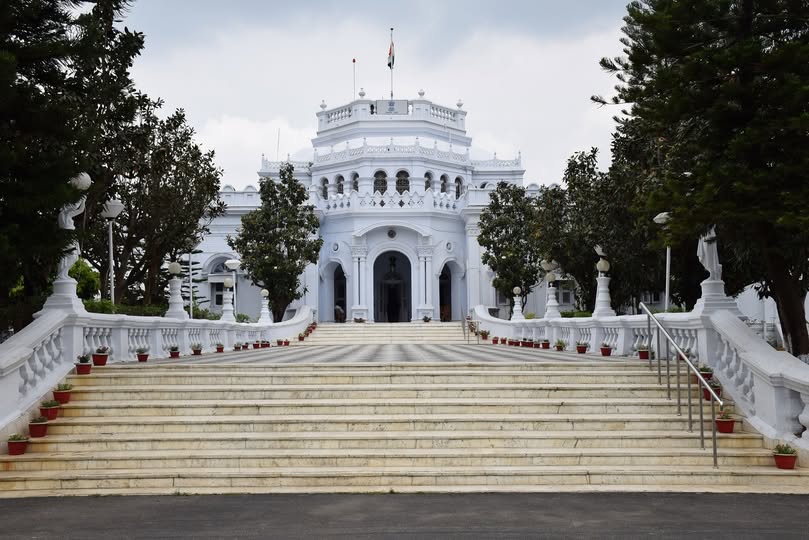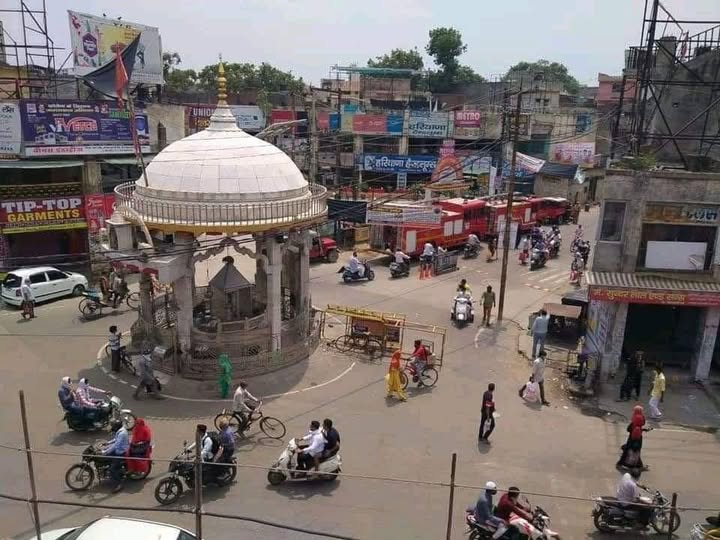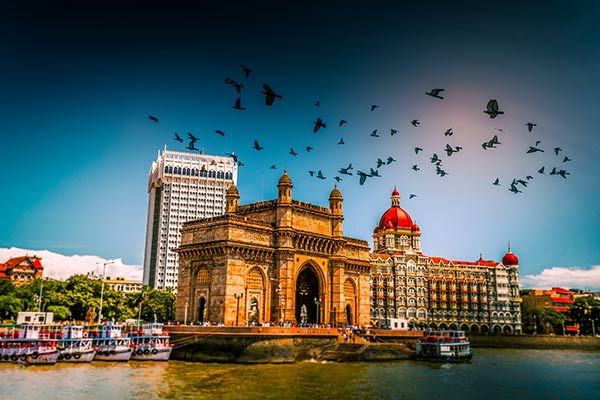Bhagalpur, Bihar City Guide: Where To Go, Stay, Eat, And shop in India’s best city.
Bhagalpur, often referred to as the “Silk City of India”, is a historic city in the Indian state of Bihar. Located on the southern bank of the Ganges River, Bhagalpur is known for its rich cultural heritage, silk production, and educational institutions. It is one of the oldest districts in Bihar and holds significant historical and economic importance. Here’s an overview of Bhagalpur:
Location and Connectivity
- Geographical Position: Bhagalpur is situated in the southern part of Bihar, near the border with Jharkhand. It lies on the fertile plains of the Ganges River.
- Transport Links:
- Railway: Bhagalpur Junction is a major railway station, connecting the city to other parts of Bihar and India.
- Road: The city is well-connected by national highways (NH-80 and NH-31) and state highways, linking it to Patna, Kolkata, and other major cities.
- Waterway: Bhagalpur is part of the National Waterway-1 (Ganges-Bhagirathi-Hooghly River System), facilitating cargo and passenger transport.
- Airport: The nearest airport is in Patna, about 220 kilometers away.
Economy
Bhagalpur is an important economic center in Bihar, known for its agriculture, silk industry, and trade.
Silk Industry:
- Bhagalpur is famous for its Tussar Silk (also known as Kosa Silk), which is exported worldwide. The city has a long tradition of silk weaving, and its handloom silk products are highly sought after.
- The Bhagalpur Silk Cluster is a major hub for silk production, providing employment to thousands of weavers and artisans.
Agriculture:
- The fertile plains of the Ganges support the cultivation of crops like rice, wheat, maize, and lentils. Bhagalpur is also known for its mango orchards and litchi production.
Trade and Commerce:
- Bhagalpur is a major trading center for agricultural produce, silk, and handicrafts. The city has several markets and commercial establishments catering to local and regional needs.
Culture and Heritage
Bhagalpur has a rich cultural heritage, with a history dating back to ancient times.
Historical Significance:
- Bhagalpur is believed to be the ancient city of Champapuri, the capital of the Anga Kingdom mentioned in the Hindu epics Mahabharata and Ramayana.
- The city has been a center of learning and spirituality for centuries, with several ancient temples and monasteries.
Festivals:
- Chhath Puja: Celebrated with great devotion, this festival dedicated to the Sun God is one of the most important festivals in Bhagalpur.
- Durga Puja: The city comes alive during Durga Puja, with grand pandals and cultural programs.
- Vishwakarma Puja: Celebrated by artisans and craftsmen, particularly in the silk industry.
Cuisine:
- Bhagalpur is known for its traditional Bihari cuisine, including dishes like litti-chokha, sattu paratha, and khaja. The city is also famous for its sweets, particularly tilkut and lai.
Tourist Attractions
Bhagalpur and its surrounding areas offer several cultural, religious, and natural attractions:
- Vikramshila Gangetic Dolphin Sanctuary: Located near Bhagalpur, this sanctuary is home to the endangered Gangetic Dolphin and is a major attraction for wildlife enthusiasts.
- Vikramshila University Ruins: The remains of an ancient Buddhist university, which was a major center of learning during the Pala Empire.
- Mandar Hill: A sacred hill associated with Hindu mythology, believed to be the site of the Samudra Manthan (churning of the ocean).
- Ajgaivinath Temple: A historic temple dedicated to Lord Shiva, located on the banks of the Ganges.
- Colganj Rock Cut Temples: Ancient rock-cut temples located about 20 kilometers from Bhagalpur, showcasing intricate carvings and architecture.
- Kuppa Ghat: A serene spot on the banks of the Ganges, ideal for picnics and boat rides.
Education and Healthcare
- Educational Institutions: Bhagalpur is home to several schools, colleges, and universities, including Tilka Manjhi Bhagalpur University (formerly Bhagalpur University) and Jawahar Navodaya Vidyalaya.
- Healthcare: The city has several hospitals and healthcare centers, providing medical services to residents.
Challenges
- Infrastructure: Rapid urbanization has led to challenges like traffic congestion, waste management, and pollution.
- Industrial Pollution: The silk and textile industries contribute to water and air pollution, necessitating better environmental regulations.
- Flooding: Bhagalpur is prone to flooding during the monsoon season due to its proximity to the Ganges River.
Conclusion
Bhagalpur is a city of immense historical, cultural, and economic significance. Its silk industry, agricultural produce, and rich heritage make it a key city in Bihar. With its strategic location, strong economic base, and cultural diversity, Bhagalpur continues to play a vital role in the development of the region. Efforts to address environmental and infrastructural challenges will ensure sustainable growth for the city in the future.

![Bhagalpur, Bihar City Guide: Where To Go, Stay, Eat, And shop in India’s best city. [Updated-2025]](https://traveloinfo.com/wp-content/uploads/2025/02/Bhagalpur1.jpg)



![Bangalore, Karnataka City Guide: Where To Go, Stay, Eat, And shop in India’s best city. [Updated-2025]](https://traveloinfo.com/wp-content/uploads/2025/02/bangaloref.jpg)
![Hyderabad, Telangana City Guide: Where To Go, Stay, Eat, And shop in India’s best city. [Updated-2025]](https://traveloinfo.com/wp-content/uploads/2025/02/hydrabad1.jpg)
![Ahmedabad, Gujarat City Guide: Where To Go, Stay, Eat, And shop in India’s best city. [Updated-2025]](https://traveloinfo.com/wp-content/uploads/2025/02/ahemadabad1.jpg)